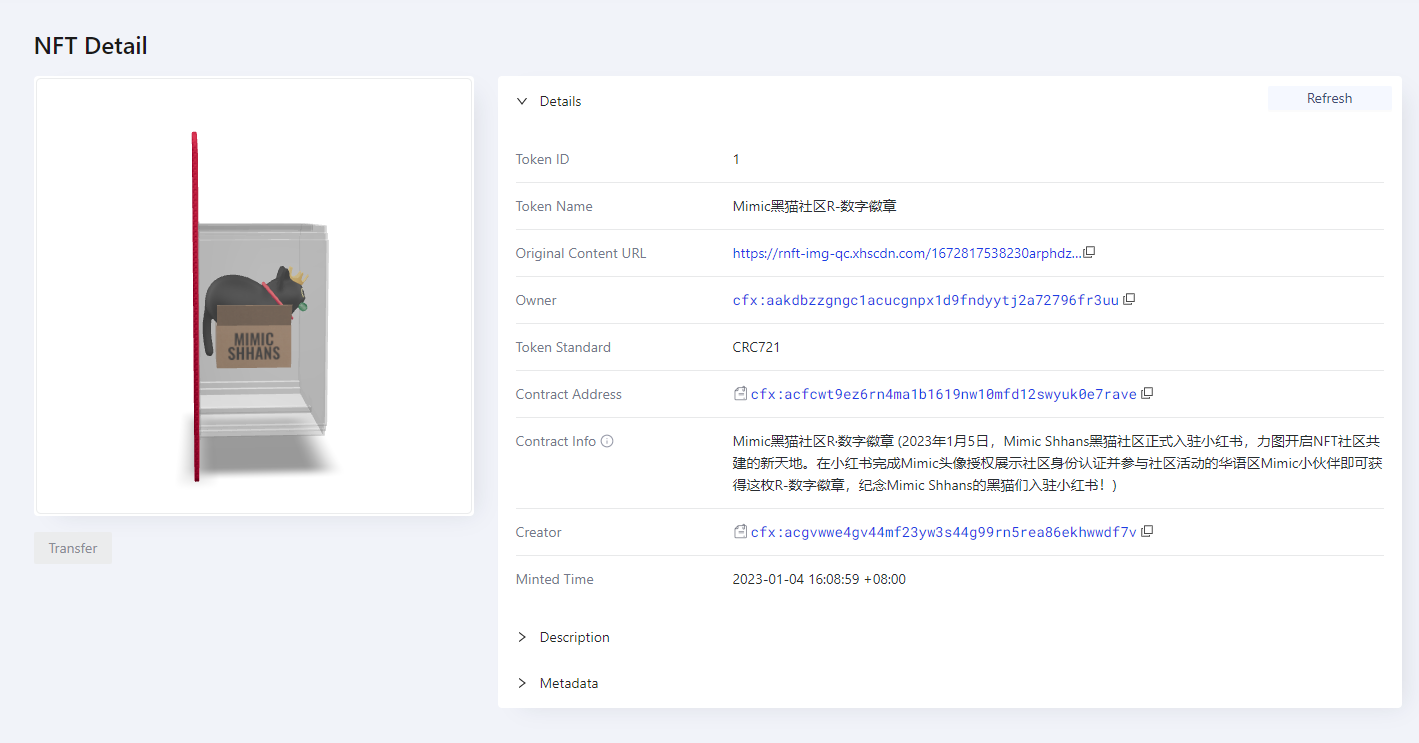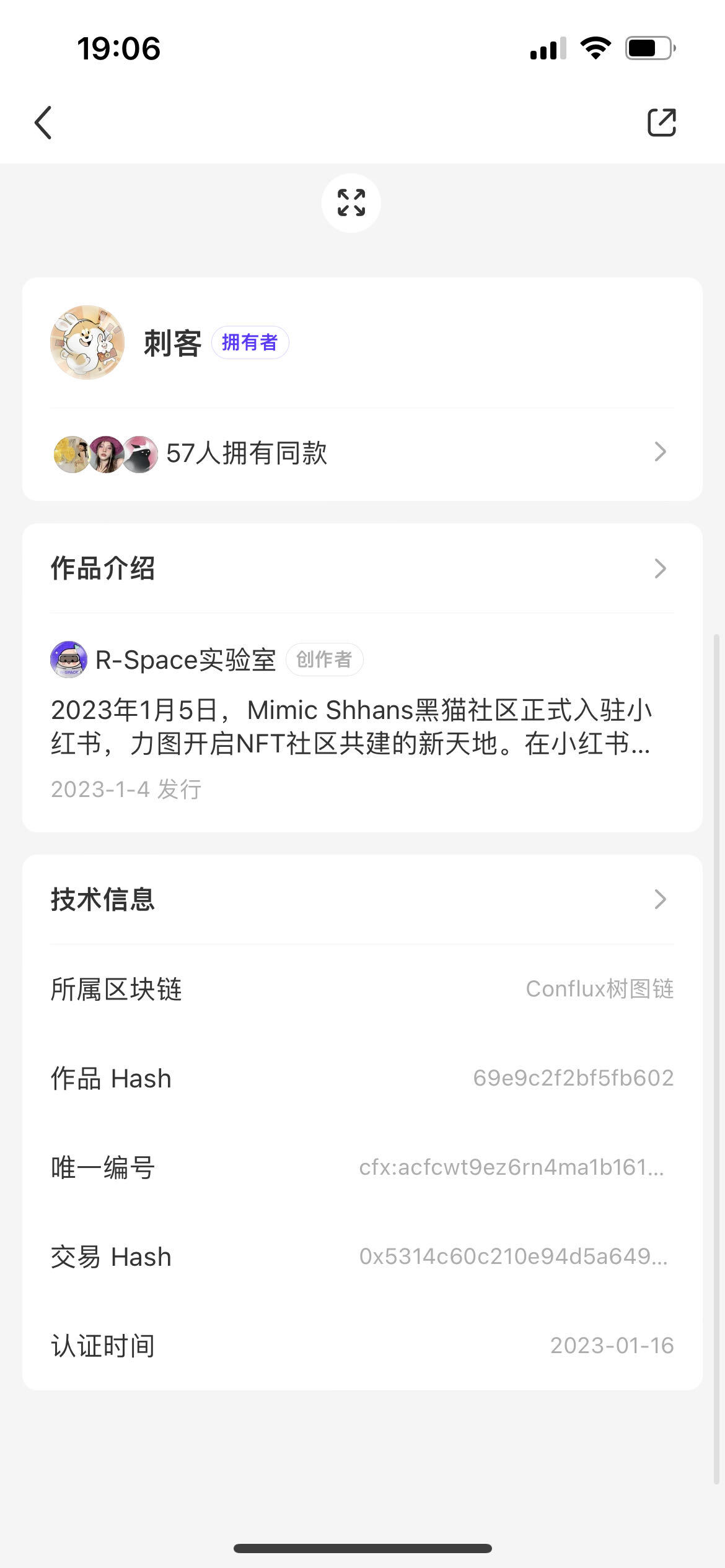Alex Thorn
Head of Firmwide Research
Galaxy
Hear Alex Thorn share his take on “Bitcoin and Inflation: It’s Complicated” at Consensus 2023.
Alex Thorn
Head of Firmwide Research
Galaxy
Hear Alex Thorn share his take on “Bitcoin and Inflation: It’s Complicated” at Consensus 2023.
Good morning. Here’s what’s happening:
Prices: Bitcoin stays rooted near the $23.5K threshold. Ether and many other major cryptos trade flat.
Insights: China-based developers can interact with layer 1 blockchain Conflux, but the protocol’s relationship with the country remains complicated.
Prices
1,091
−3.3 ▼ 0.3%
$23,418
−88.7 ▼ 0.4%
$1,631
−7.5 ▼ 0.5%
S&P 500
3,982.24
+12.2 ▲ 0.3%
Gold
$1,824
+7.0 ▲ 0.4%
Nikkei 225
27,423.96
−29.5 ▼ 0.1%
Bitcoin Holds Firm Near $23.5K
Bitcoin continued its weekend encampment near $23,500 into Monday as investors spent yet another day weighing fiendishly stubborn inflation and the prospects of the U.S. central bank hiking interest rates more hawkishly than was previously expected.
The largest cryptocurrency by market capitalization was recently trading at $23,481, roughly flat over the past 24 hours, but down from its highs a week ago over $25,000 – before surprisingly strong jobs and price data had markets increasingly contemplating the prospect of a 50 base point rate increase instead of 25 bps.
“Markets of late have been pricing in rates that will remain higher for longer than previously anticipated because of inflation numbers that seem to be rather stubborn,” Brent Xu, CEO and co-founder of Web 3 bond-market platform Umee, wrote in an email to CoinDesk. “A possible 50-basis-point hike could be in the offing now, too.”
Yet Xu also noted hopefully that crypto markets have not seen “a massive drawdown…that the more alarmist crypto Twitter commentators have been warning about.”
“I suspect that we haven’t seen a massive pullback because the forced sellers have already sold,” he wrote, adding: “Last year’s daisy chain of blowups appears to have mostly come to an end. This isn’t to say that we can’t go lower from here But a bottom for this cycle is probably in now, and in turn we are probably in an accumulation phase. I think we need to be prepared for sideways action for some time.”
Ether was almost equally flat, changing hands at about $1,630. Most other major cryptocurrencies were flat or edged down slightly with layer 2 platform Polygon’s MATIC token and decentralized finance protocol Aave’s AAVE token both recently down about 3%. The CoinDesk Market Index, a measure of crypto markets overall performance ticked down about 0.36%.
After a week to forget, equity markets returned to their winning ways, however slightly. The tech-focused Nasdaq, S&P 500 and Dow Jones Industrial Average (DJIA) all ticked up a few fractions of a percentage point. Treasury yields dipped slightly but remained fretfully high at above $3.90 on a 10-year note.
To be sure, some crypto news Monday was ominous for markets, none more than a report by crypto asset manager CoinShares that short-bitcoin funds had $10 million in inflows during the week ended Feb. 24 and that long-bitcoin funds bled $12 million, the third straight weekly outflow. And later in the day, crypto exchange Coinbase tweeted that it would suspend trading of Binance USD (BUSD) starting March 13 because the stablecoin doesn’t meet its listing standards – the latest body blow to the stablecoin sector.
Yet at least one other analyst was feeling at least partly upbeat about crypto prices’ path forward. In an interview with CoinDesk TV, Bruno Ramos de Sousa, head of new markets at crypto asset manager Hashdex, said that markets were “in the recovery phase already….past the bottom.” Ramos de Sousa noted increased interest among institutional investors in recent months.
“They’re educated in the sector, and they’re looking for interesting windows to come in,” he said. “These are hedge funds, family offices, people concerned with bottoms and ups.”
Biggest Gainers
Biggest Losers
Insights
Layer 1 Blockchain Conflux Has a Complicated Relationship With China
Beijing is pro-blockchain, but anti-crypto. It sees the former as a key technology, as important in the 21st century as the hypertext transport protocol (HTTP) was in the 20th; the latter is a speculative asset that inhibits the worst parts of capitalism.
Meanwhile, “China” tokens are surging. “China” is in quotes because most of these projects like NEO, VeChain (VET), and Conflux (CFX) go to great lengths to limit their exposure to China. They have development teams in China, but the company is registered offshore.
You can use the technology within the country, just not trade the token. A version of NEO is available on China’s Blockchain Service Network, for instance, but this exists as a seperate universe from the NEO the rest of the world sees in order to comply with local law.
In many cases, these tokens are divorced from the project. You can’t see China data on-chain, and it might be questionable as to what is driving the token’s growth.
Conflux’s CFX token is the exception to this.
Can you trade Conflux’s CFX token in China? No.
Can someone within China interact with the Western-facing portion of the Conflux chain? Also no, these parts are segregated.
But at the same time, CFX is the tie that binds the two together.
“There is only one chain, but we have two spaces,” Fan Long, Conflux’s co-founder, told CoinDesk by email. “You can think of the spaces acting like independent chains but they share the same consensus engine. There is no security risk of moving assets across two spaces.”
Within China, CFX relies on Conflux’s sponsorship mechanism, which allows ordinary users to interact with smart contracts without holding crypto. Stuff still exists on-chain minus the gas fees.
Developers of decentralized applications, such as China’s version of Instagram called “Little Red Book,” buy CFX from Conflux directly. They pay in fiat and get an official receipt. In many ways, it would be similar to paying for a cloud service hosting bill.
“Because the public chain must have a native token governing its resources for gas, and China does not encourage anything related to fungible tokens, we choose to have foreign entities to govern the token issuance of CFX,” Long said.
One can see on-chain how CFX is used. Below shows the on-chain activity for a digital collectible, China’s version of a non-fungible token (which it calls “digital collectibles,” and tolerates if speculation is not involved) on its version of Instagram.

(Coinfluxscan.net)

(Coinfluxscan.net)

(Coinfluxscan.net)
In many ways, CFX could be thought of as a proxy of success for Conflux within China. But is there enough interest to drive and sustain triple-digit growth on the CFX token?
Important events
12:00 a.m. HKT/SGT(16:00 UTC) China Non-Manufacturing PMI (Jan)
CoinDesk TV
In case you missed it, here is the most recent episode of “First Mover” on CoinDesk TV:
Solana’s (SOL) price rose over the past 24 hours after the protocol crashed over the weekend, freezing transactions. The Solana Foundation said an investigation is underway into the root cause and will be updated as new information becomes available. CoinDesk Managing Editor for Data and Tokens Danny Nelson gave an update and CoinFund Managing Partner Seth Ginns shared his reaction. Plus, Chainalysis Director of Research Kim Grauer discussed the outlook for illicit crypto volumes in a new report.
Headlines
Coinbase Trade Volume Surpasses Uniswap’s, Countering Expectations for a DEX Surge: Many market observers expected a surge in the use of decentralized exchanges following the collapse of FTX, but analysts said many DEXs offer a less-user-friendly experience than centralized ones.
Crypto Conglomerate Digital Currency Group Reports Loss of $1.1B in ‘Challenging’ 2022: The CoinDesk parent held cash and cash equivalents of just $262 million at the end of 2022, while investment assets amounted to $670 million.
Coinbase to Suspend Binance USD Stablecoin, Saying It Doesn’t Meet Listing Standards: The suspension affects Coinbase.com, Coinbase Pro, Coinbase Exchange and Coinbase Prime.
TrueUSD Becomes 5th-Largest Stablecoin as Binance Mints $130M TUSD in a Week: Blockchain data shows crypto exchange giant Binance has been relying increasingly on TUSD following a crackdown on its Binance USD stablecoin by U.S. regulators.
DeFi Giant MakerDAO Rejects $100M Loan to Cogent Bank: The rejection follows less than a year after Maker approved a similarly structured loan to Huntingdon Valley Bank.
DISCLOSURE
Please note that our privacy policy, terms of use, cookies, and do not sell my personal information has been updated.
The leader in news and information on cryptocurrency, digital assets and the future of money, CoinDesk is a media outlet that strives for the highest journalistic standards and abides by a strict set of editorial policies. CoinDesk is an independent operating subsidiary of Digital Currency Group, which invests in cryptocurrencies and blockchain startups. As part of their compensation, certain CoinDesk employees, including editorial employees, may receive exposure to DCG equity in the form of stock appreciation rights, which vest over a multi-year period. CoinDesk journalists are not allowed to purchase stock outright in DCG.
Learn more about Consensus 2023, CoinDesk’s longest-running and most influential event that brings together all sides of crypto, blockchain and Web3. Head to consensus.coindesk.com to register and buy your pass now.
Read more about
:format(jpg)/s3.amazonaws.com/arc-authors/coindesk/cc5c54c5-487c-4084-8e8e-05ce9f3a10af.png)
:format(jpg)/s3.amazonaws.com/arc-authors/coindesk/afaba7ae-2df2-4c37-8b08-40ba6c3093f5.jpg)